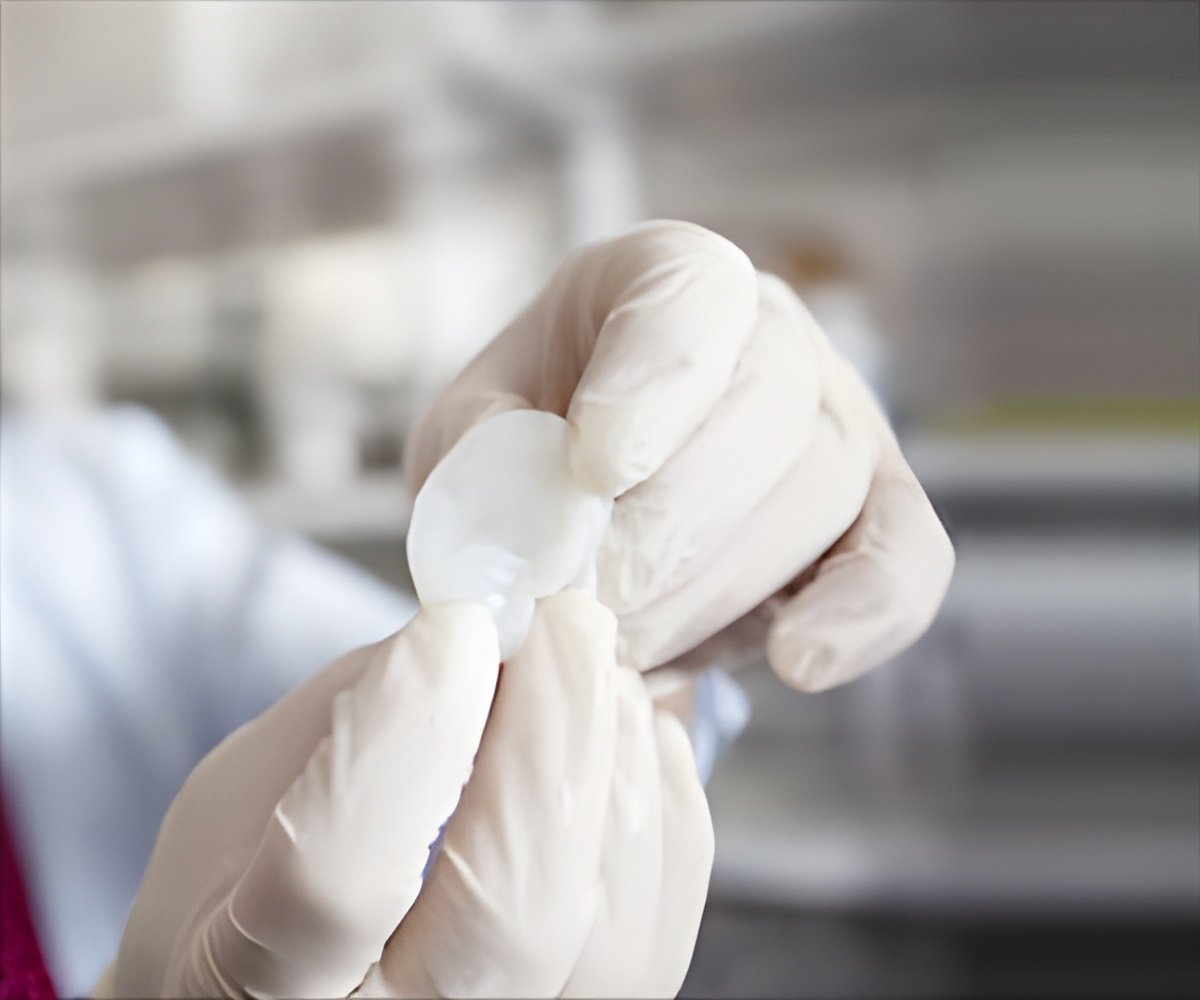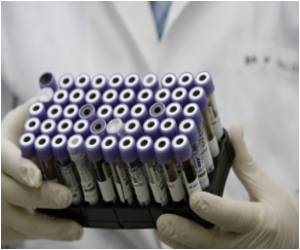
The paper sensor emerges from the printer ready to use like pH paper. The new platform is the latest in a progression of paper-based screening technologies. These enable users to generate a clear, simple answer in the form of letters and symbols that appear on the test paper to indicate the presence of infection or contamination in people, food or the environment.
"The simplicity of use makes the system easy and cheap to implement in the field or in the doctor’s office," said John Brennan, director of McMaster’s Biointerfaces Institute.
Imagine being able to clearly identify contaminated meat, vegetables or fruit. "For patients suspected of having infectious diseases like C. diff (Clostridium difficile colitis), this technology allows doctors to quickly and simply diagnose their illnesses, saving time and expediting what could be life-saving treatments," Brennan said in a university statement.
This method can be extended to virtually any compound — be it a small molecule, bacterial cell or virus.
The research, in its formative stage, addresses a key problem facing current paper-based biosensing techniques which are labor-intensive, sometimes costly and inconvenient, and often difficult to mass produce.
Advertisement
Source-IANS









